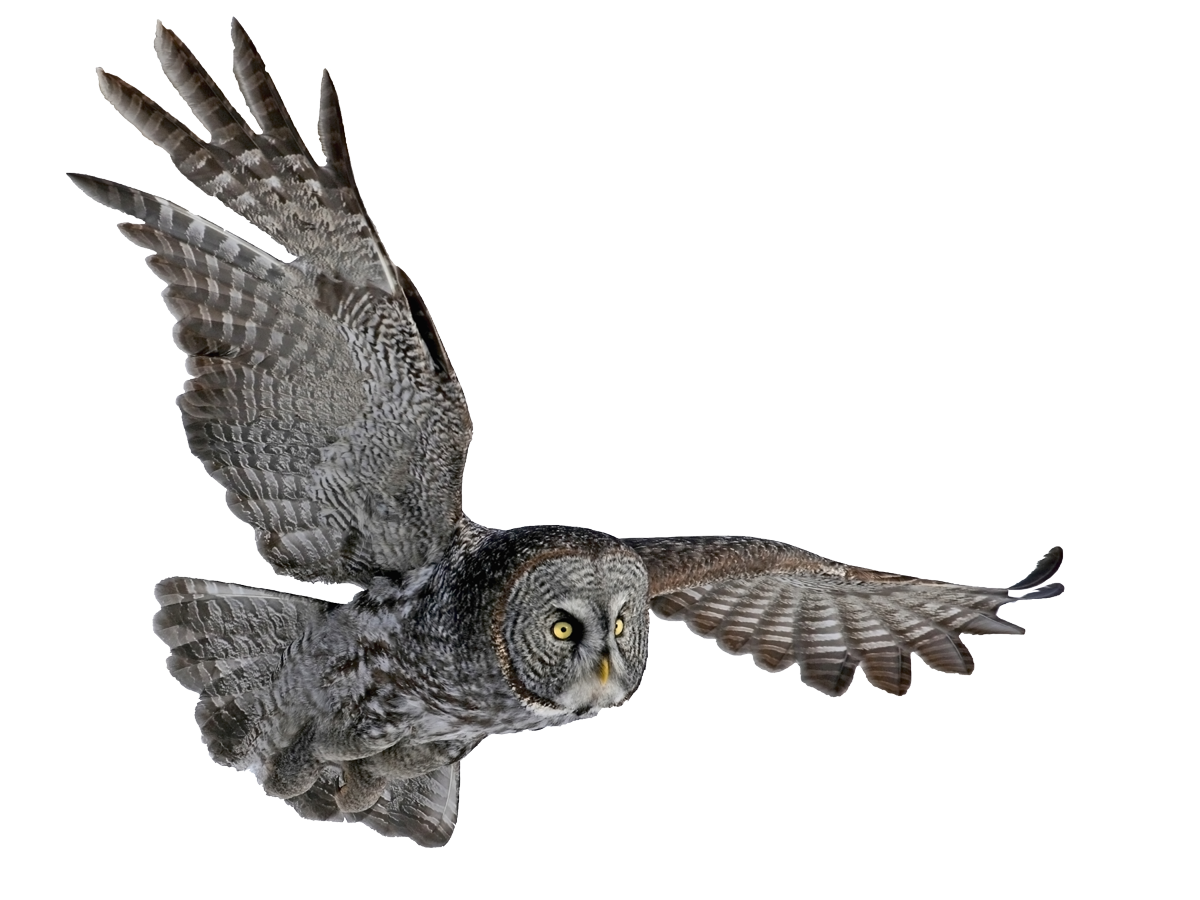Pest categories

Pharaoh ants
Bed bugs
House mouse
Brown rat
Black rat
Cockroaches
Flies and houseflies
Meat flies
Fruit flies (drosophila)
Ants
Wasps
Fleas
Mediterranean Flour Moth, Indianmeal moth, cacao moth and Broad-barred knot-horn moth
Other pests of stored foodstuffs are beetles
Clothes moth and case bearing clothes moth
Common carpet beetle, fur beetle, museum beetle and larder beetle
Wood-damaging beetles
Domestic pigeon
Gulls
Raven birds
Sparrows
Contact us
Fleas
They are ectoparasites of humans and warm-blooded animals.
The most common flea species: feline, canine and human.
Adult fleas are mostly ectoparasites of mammals, but chicken fleas and bird fleas are the most common parasites of hens. These fleas are also found in the nests of wild birds. Cats and dogs are the most common carriers of these parasites into apartments.
Why it is a pest?
They pose a health risk to humans and domestic animals by transmitting infectiou agents such as plague and rickettsioses.
Allergic dermatitis is a serious atopic hypersensitivity reaction to flea saliva.
The bite causes itching, skin irritation, swelling and discomfort in humans and pets. This is probably the main reason why these insects are pests.
Allergic dermatitis is a serious atopic hypersensitivity reaction to flea saliva.
The bite causes itching, skin irritation, swelling and discomfort in humans and pets. This is probably the main reason why these insects are pests.
Which areas are relevant?
- Home
- Public health
- Offices
- Accommodation service companies
- Hospitals and other health facilities
What and who do they harm?
- They cause discomfort to humans
- They distribute zoonotic agents
- Domestic animals
- Corporate image
Key attributes
Can parasitise multiple hosts. Adult fleas suck blood, and their oral organs are adapted to pierce the host’s skin and suck blood.
Eggs are usually laid in cracks, carpeting, nests and other places rather than on the host.
They usually spread when the host walks from one place to another.
Eggs are usually laid in cracks, carpeting, nests and other places rather than on the host.
They usually spread when the host walks from one place to another.
PEST CONTROL involves the protection of human health, property and food resources from unwanted harmful organisms ⎯ pests.
Copyright


